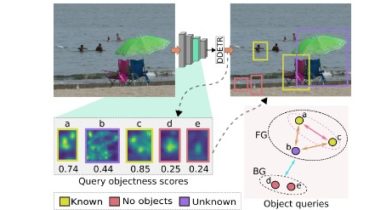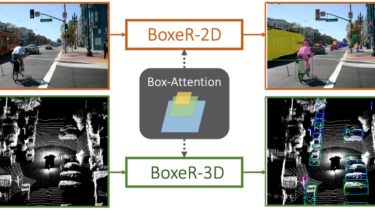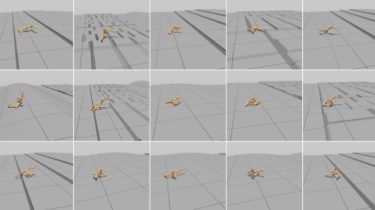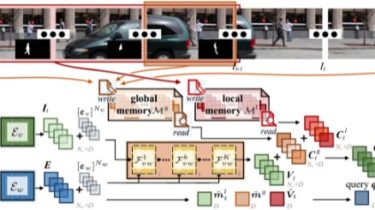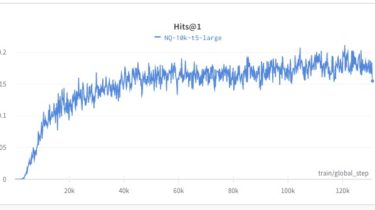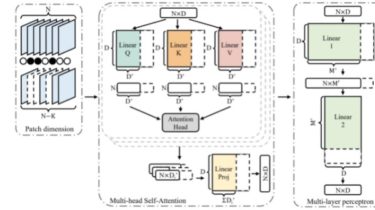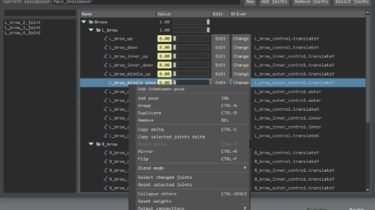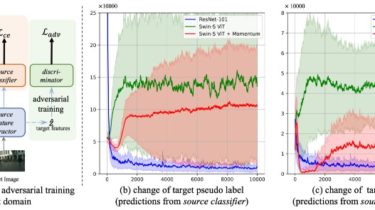Implementation of the specific Transformer architecture from PaLM – Scaling Language Modeling with Pathways
PaLM – Pytorch Implementation of the specific Transformer architecture from PaLM – Scaling Language Modeling with Pathways, in less than 200 lines of code. This model is pretty much SOTA on everything language. It obviously will not scale, but it is just for educational purposes. To elucidate the public how simple it all really is. Install $ pip install PaLM-pytorch Usage import torch
Read more